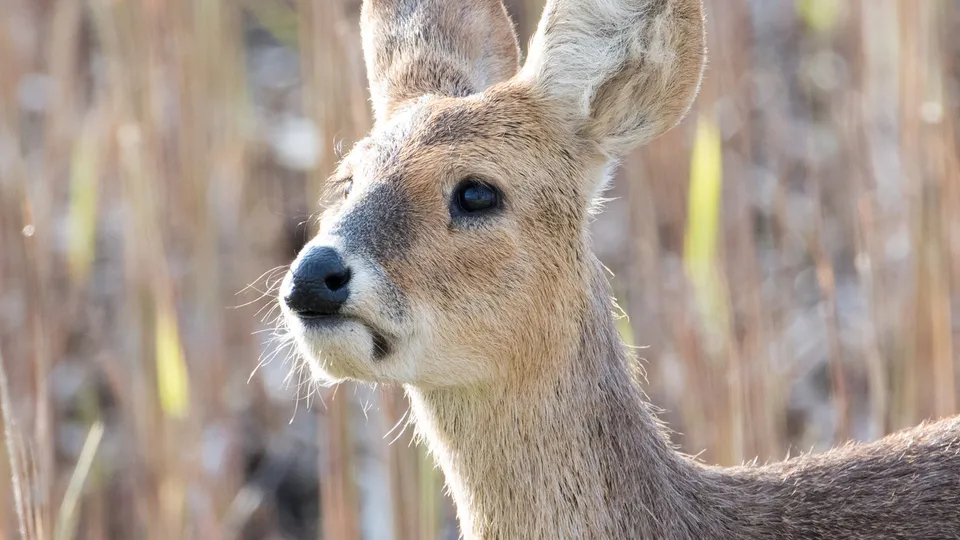
Chinese water deer
Chinese water deer are easily distinguished from other deer by their strange teddy bear like appearance and the huge canine tusks displayed by the stags.

Chinese water deer are easily distinguished from other deer by their strange teddy bear like appearance and the huge canine tusks displayed by the stags.

This jewel like leaf beetle is an incredibly scarce species which is only found in wetland habitats.
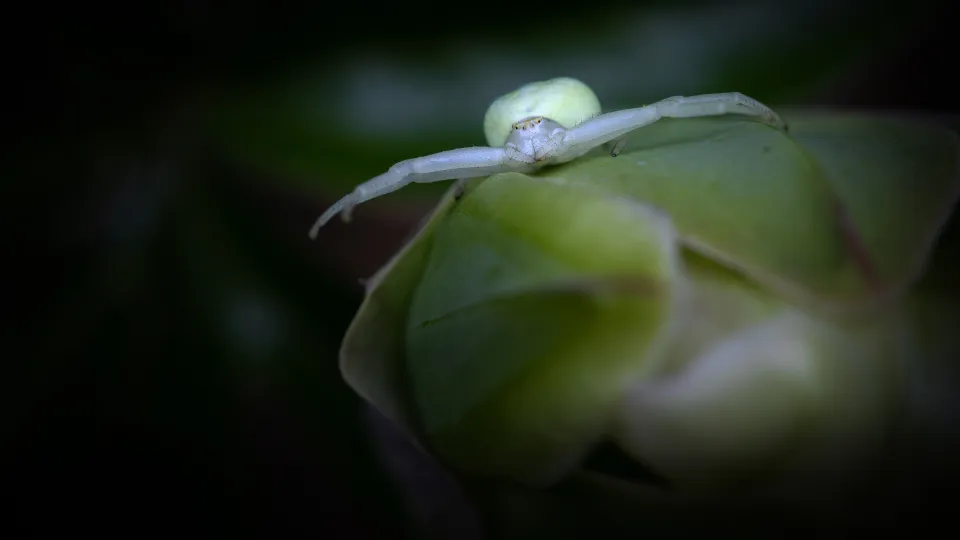
The flower crab spider is one of 27 species of crab spider. The flower crab spider can alter the colour of its body to match its surroundings and to hide from prey. It is not as common as other types of crab spider.
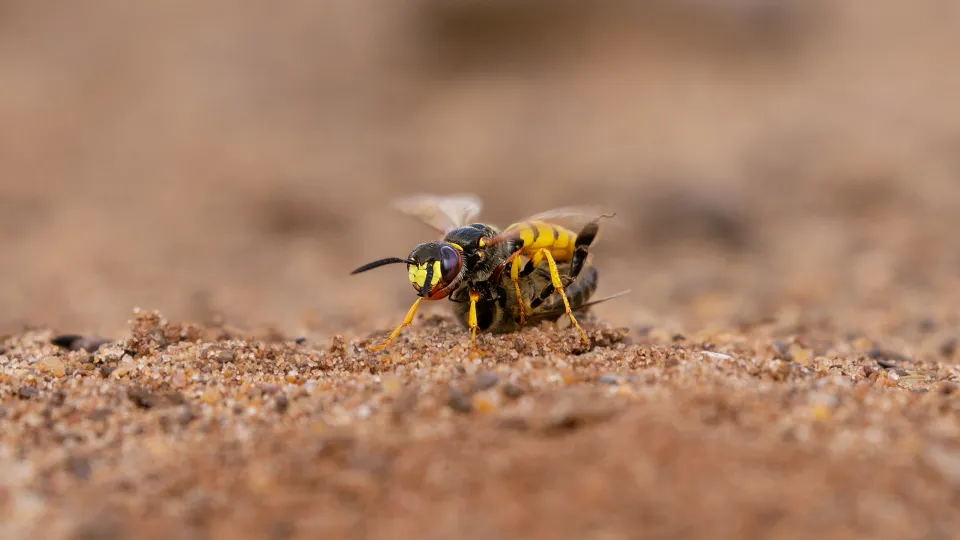
One of our largest and most impressive solitary wasps, the bee wolf digs a nest in sandy spots and hunts honey bees.
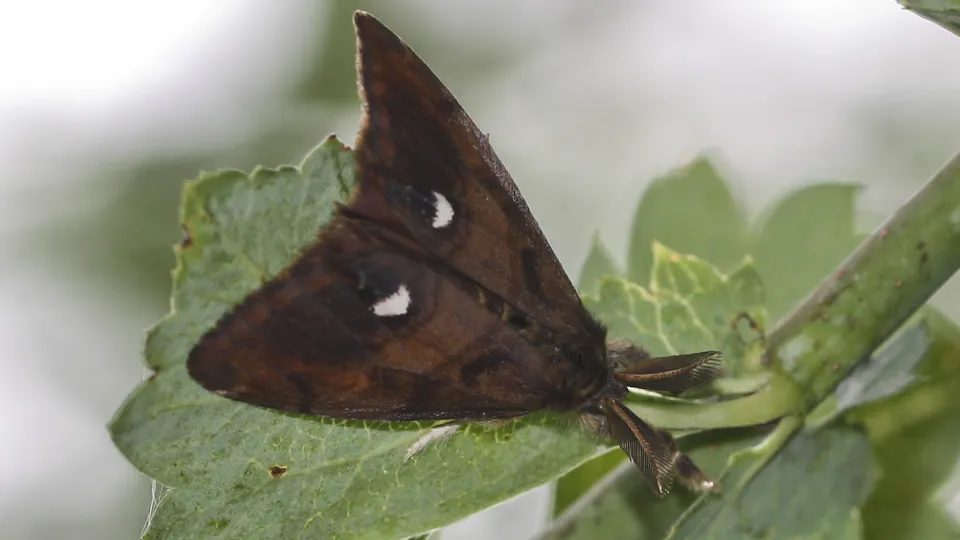
The mohawk-sporting caterpillar of this moth is often seen on shrubs and trees in late summer. As adults the orange-brown males fly by day, but the flightless females don't stray far from their cocoon.

Unlike many of its relatives, this shimmering shieldbug is a predator, feasting on caterpillars and a variety of other insects.
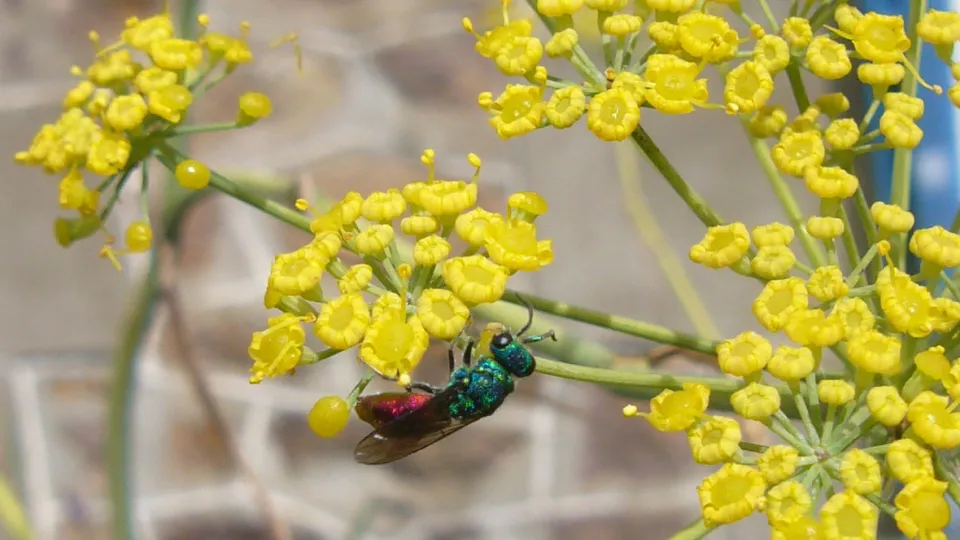
If seen up close, the glittering Ruby-tailed wasp is, perhaps, one of the UK's most beautiful insects. A solitary wasp, it can be found in sandy and rocky habitats like quarries, outcrops and walls.
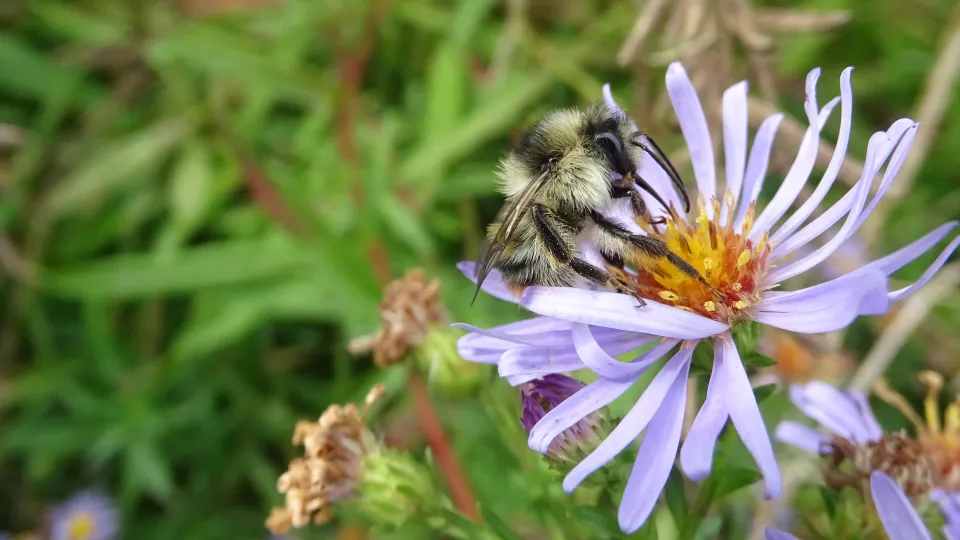
The shrill carder bee can be spotted flying quickly around flowers in unimproved pastures. The queens produce a loud, high-pitched buzz, hence the name. It is declining rapidly and is restricted to just a few locations.

A well-travelled migrant, the painted lady arrives here every summer from Europe and Africa. This beautiful orange-and-black butterfly regularly visits gardens.
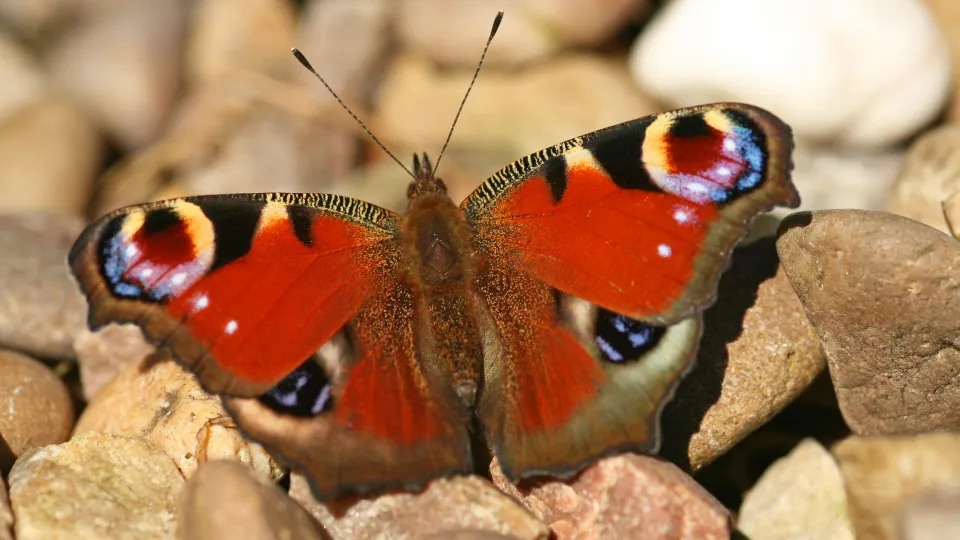
The markings of the peacock are unmistakeable - big, blue 'eyes' just like a peacock's tail feathers. It can be seen feeding on flowers all year-round during warm spells, and overwinters as an adult.